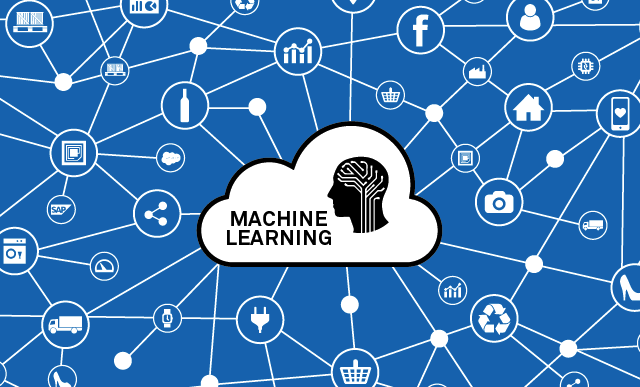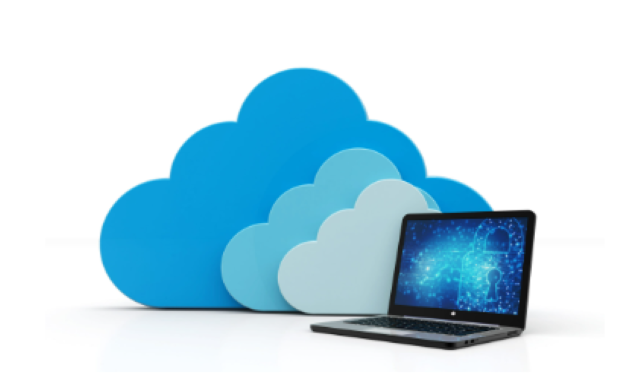Why Your B2B Business Must Think Like B2C and Vice Versa
Meet the Authors
Key Takeaways
The lines between B2B and B2C are collapsing, necessitating businesses to adopt customer-centric approaches that leverage strengths from both models—B2B's long-term relationship focus and B2C's demand for instant gratification.
Deep ERP integration is crucial for creating a unified customer experience by feeding important data to front-end applications, which enables seamless and personalized customer journeys.
The evolution of SAP Customer Experience (CX) emphasizes a shift from transactional to relational, positioning customer insights and preferences at the core of business strategies, making it essential for organizations to adopt robust platforms that support both B2B and B2C needs.
The traditional lines separating business-to-business (B2B), business-to-customer (B2C), and even business-to-everyone (B2E) are no longer blurring. They’re collapsing. This shift is forcing organizations to rethink what customer experience means and how it impacts the way they operate.
In the first episode of SAPinsider’s Customer Experience (CX) Expert Exchange Series, Robert Holland, Vice President and Research Director at SAPinsider, sat down with Sourajit Ghosh (SG), Chief Expert for SAP Customer Experience, to understand this new landscape.
The Difference Between B2B and B2C
During the conversation, Ghosh highlighted a fascinating convergence of expectations. He noted that, historically, B2B and B2C played in different universes. B2B organizations, he explained, were masters of customer lifetime value (CLV).
Explore related questions
“In a true B2B organization, let’s say if you’ve sold a machine, you would not just be happy sending the machine, you would want to service the parts, provide the consumables, and monetize the installed base asset,” Ghosh said. In contrast, B2C is focused on what Ghosh called instant gratification and hyper-personalization at scale, but often lacks B2B’s long-term view.
However, today’s survival demands each adopting the other’s strengths. Ghosh cited ed-tech company Babel as an example. He said: “The goal isn’t a single language course, but driving subscriber growth for that learning journey.”
Conversely, B2B buyers now demand consumer-grade simplicity. According to Ghosh, companies must enable their customers to have a consumer-like experience, even while handling complex processes like configure-price-quote (CPQ) or real-time inventory checks.
Ghosh added that B2B can learn how to connect their entire operation like consumer brands do from B2C companies. “They can use real-time intelligence to respond faster, eliminate friction, and deliver personalized experiences at scale that turn complex transactions into seamless journeys,” he explained. “Conversely, B2C companies can adopt B2B’s relationship-building approach—leverage deeper data integration and long-term insights to anticipate lifetime value, manage complex customer journeys, and build connections that go beyond transactions into genuine loyalty.”
Why ERP Integration Matters
So, how can a company manage both? Ghosh argued the engine for this change is deep ERP integration, calling its impact “super massive”.
It is about unlocking the power of ERP to feed the front-end with the organization’s most important data like inventory, service histories, and contract pricing, that is needed for a seamless experience.
However, towards the end of this episode, Ghosh warned that technology is only part of the solution. The fundamental transformation is human, and the most significant risk is becoming a dinosaur. “Historically we’ve seen so many wonderful organizations become dinosaurs because they lost touch with what their customers want,” he said.
He added that the paradigm has shifted from logistics to empathy, placing the customer’s experiences, feelings, preferences, and journeys at the center of the universe.
This foundational shift set the stage for the second part of this series, which explores how leading companies are using trusted data and intelligent automation to build this new, integrated, and profoundly human customer experience.
What This Means for SAPinsiders
The first episode provided some key takeaways for SAP users that focus on the critical need for deep enterprise integration with SAP Customer Experience (CX):
Real ROI comes from deep ERP integration. The value of a modern CX strategy is not in standalone tools but in its cohesive integration with your SAP ERP. As Ghosh noted, many organizations continue to put CX tools in silos, separating sales and marketing tools. However, the most effective ROI lies in unlocking the power of ERP to unify these tools to feed the front-end. This integration is far more than joining APIs; it’s about creating a horizontal data platform that enables cross-application analytics and surfaces complex data —for example as real-time inventory or contract pricing —directly into a seamless customer journey.
While the consumerization of B2B is real, B2C needs B2B’s longevity. Your CX platform must be able to handle the convergence of business models. Today, B2B customers demand a consumer-like experience, even when navigating complex B2B processes. Meanwhile, B2C companies are realizing they must adopt B2B’s traditional focus on providing CLV, like turning a single purchase into an ongoing relationship and subscriber growth journey. For SAPinsiders, this means generic CRM is not enough; you need a robust CX platform that can manage both the short-term gratification of B2C and the complex, service-oriented CLV models of B2B.
SAP CX is your foundational data and AI strategy, not just an application. The old world of SAP CX was transactional. However, the new world, as Ghosh explained, puts the customer’s experiences, feelings, preferences, and journeys at the center of the universe. To do this, organizations must have end-to-end applications, a central data platform for a true 360-degree customer view, and AI to leverage this information. This positions SAP CX as the essential horizontal layer that connects all processes and becomes the engine for predictive insights and generative AI across the entire business.






